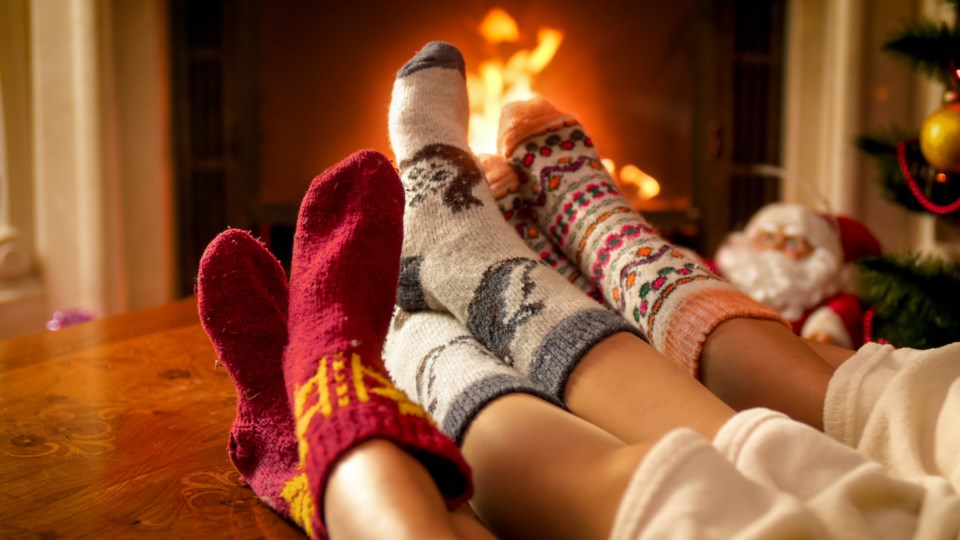This article, written by Katherine White, University of British Columbia, originally appeared on The Conversation and has been republished here with permission:
There’s always one on the list — the person who has everything and is notoriously hard to please. That person has likely also received some terrible gimmicky gift, just so that they have something to unwrap.
It’s time to put an end to it. Don’t buy the novelty baby Yoda. Don’t buy that game of toilet golf. Don’t buy the wine flask bra. Just. Don’t.
Holiday shopping has become an extension of the consumption economy. Spending is on the rise and household debt burden continues to rise in Canada, the United States, Australia, China and elsewhere.
Holiday marketing only intensifies the process of consumers purchasing things and then disposing of them as quickly as possible. Of all the materials flowing through the consumer economy, only one per cent remain in use six months after purchase.
Of course, this makes way for the opportunity to buy more stuff. Consumerism reaches a frenzied peak as the holidays approach, spurred on by Black Friday, Cyber Monday and other last chance shopping deals that evoke a sense of urgency and scarcity before Christmas.
This year, U.S. shoppers have already spent US$729 billion on holiday shopping. In Canada, we spend more on holiday festivities and gifts than we do on rent, which added up to $19 billion last year.
How much stuff?
Landfills see a spike in materials around the holidays, from wrapping paper to ribbon and unwanted gifts:
-
Canadians will send a whopping 540,000 tonnes of wrapping paper to the landfill this Christmas season.
-
Americans will use 61,000 kilometres of ribbon — enough to circle the Earth, and then some.
-
Australians spent $400 million Australian dollars on 10 million unwanted gifts in 2018.
So, what can an environmentally conscious gift-giver do to decrease the amount of waste associated with a well-meaning gift? The good news is, there are a number of hacks around this giving conundrum and, it turns out, your socially responsible gift doesn’t have to fall flat. It can even lead to more positive emotions on the part of the recipient than traditional gifts.
Skip the wrapping
Perhaps the easiest way to reduce the amount of holiday materials going to landfill is to find ways to reduce wrapping. If every Canadian wrapped just three gifts in upcycled materials rather than wrapping paper, enough paper would be saved to cover the surface of 45,000 hockey rinks.
For starters, you might not wrap the gift at all or you could use a reusable bag or a scarf to wrap the gift. If you had wrapping remorse last year and saved the gift bags, wrapping and bows — just use them again.
Wrap gifts in an old map or a page from a magazine or calendar. Package the gift in a mason jar, a flower pot or a decorative box that can be reused. Cut images from old Christmas cards to use as gift tags.
Get crafty
Canada leads the world when in comes to per capita waste and only nine per cent of our plastic actually ends up being recycled. Think about making crafts out of upcycled materials rather than tossing them. Making gifts can lead to meaningful keepsakes that come with a lighter ecological footprint.
Bake cookies, write a poem, make some candles or construct a memory book with photos to cherish. Make gifts out of recycled and repurposed materials. My daughters are making necklaces out of driftwood and sea glass, and plant holders from repurposed materials.
Think about tailoring the gift for the individual. You can make coasters out of old records for the music enthusiast, natural bath salts for the spa-lover or gingerbread for the friend with a sweet tooth.
If you are short on time, or craftiness doesn’t come naturally, build a personalized coupon book with offers to babysit or walk the dog, or take a friend to lunch.
Experiences, not things
An often-overlooked way to decrease the ecological impact of holiday giving is to consider giving an experience instead of a tangible good. Experiences may be more sustainable than material gifts, and research shows they can lead to greater happiness. Giving experiences over material goods can foster stronger relationships.
Give a gift card for a massage or a day of house cleaning. Buy tickets to a local hockey game, a concert or a community play. Sign up for a cooking, yoga or pottery class.
Donate to a cause that you know is meaningful to your recipient. Canadians donated $8.9 billion in 2016, according to Statistics Canada, with a median donation of $300.
You can symbolically adopt a tiger, river otter or moose from the World Wildlife Fund, get a gift card from an organization like Kiva, which crowdfunds loans to help people in developing nations start their own businesses, or name a star through the official Star Registry or your local observatory.
Whatever you choose to do, remember that eco-friendly gifts make memories without adding more bulk to the landfill.
Katherine White, Professor and Academic Director of the Dhillon Centre for Business Ethics, University of British Columbia
This article is republished from The Conversation under a Creative Commons license. Read the original article.
